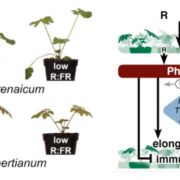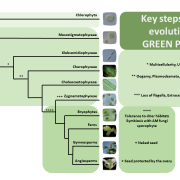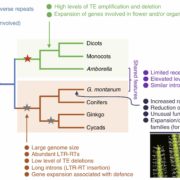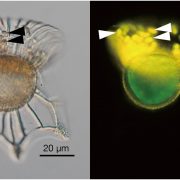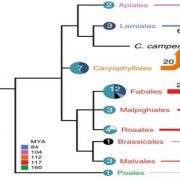Significant floral diversity independent of pollinator change in ‘Buzz-Bee’ pollinated Melastomataceae
 The concept of pollination syndromes posits that floral diversity arises from shifts among pollinator groups, yet their predictive accuracy for pollinator identification is debated. Kopper et al. leveraged machine learning, utilizing 44 floral traits from 252 species with known pollinator interactions, to predict pollinators for 159 species lacking empirical data. Concurrently, they used multivariate and phylogenetic analyses to examine the link between pollinator shifts and floral disparity within Melastomataceae, a diverse family of flowering plants found mainly in tropical regions. The findings confirmed four distinct pollination syndromes and revealed that, while pollinator transitions contribute to floral diversity, the greatest disparity was observed in the species-rich ‘buzz-bee’ syndrome, suggesting that significant floral variation can develop without pollinator shifts. Buzz-pollinated flowers release pollen only when bees apply specific vibrations to the flower, and in many families buzz-pollinated species show similar flower morphologies. Additionally, species-poor clades and certain regions also significantly contributed to floral diversity. Overall, their study underscores the potential of machine learning in evaluating pollination syndromes and predicting pollinators where direct evidence is unavailable. (Summary by Yueh Cho @YuehCho1984) New Phytologist. 10.1111/nph.19735
The concept of pollination syndromes posits that floral diversity arises from shifts among pollinator groups, yet their predictive accuracy for pollinator identification is debated. Kopper et al. leveraged machine learning, utilizing 44 floral traits from 252 species with known pollinator interactions, to predict pollinators for 159 species lacking empirical data. Concurrently, they used multivariate and phylogenetic analyses to examine the link between pollinator shifts and floral disparity within Melastomataceae, a diverse family of flowering plants found mainly in tropical regions. The findings confirmed four distinct pollination syndromes and revealed that, while pollinator transitions contribute to floral diversity, the greatest disparity was observed in the species-rich ‘buzz-bee’ syndrome, suggesting that significant floral variation can develop without pollinator shifts. Buzz-pollinated flowers release pollen only when bees apply specific vibrations to the flower, and in many families buzz-pollinated species show similar flower morphologies. Additionally, species-poor clades and certain regions also significantly contributed to floral diversity. Overall, their study underscores the potential of machine learning in evaluating pollination syndromes and predicting pollinators where direct evidence is unavailable. (Summary by Yueh Cho @YuehCho1984) New Phytologist. 10.1111/nph.19735


